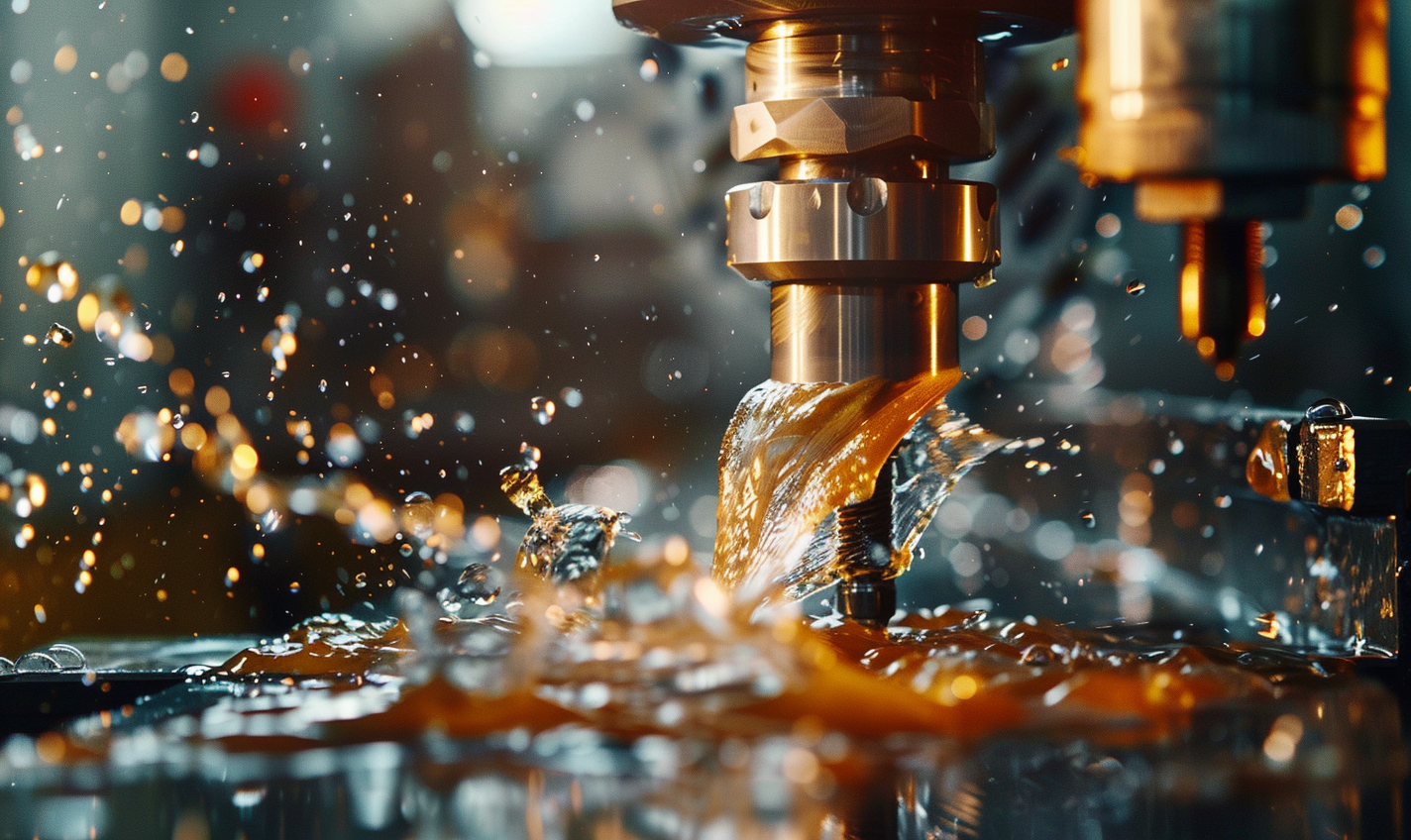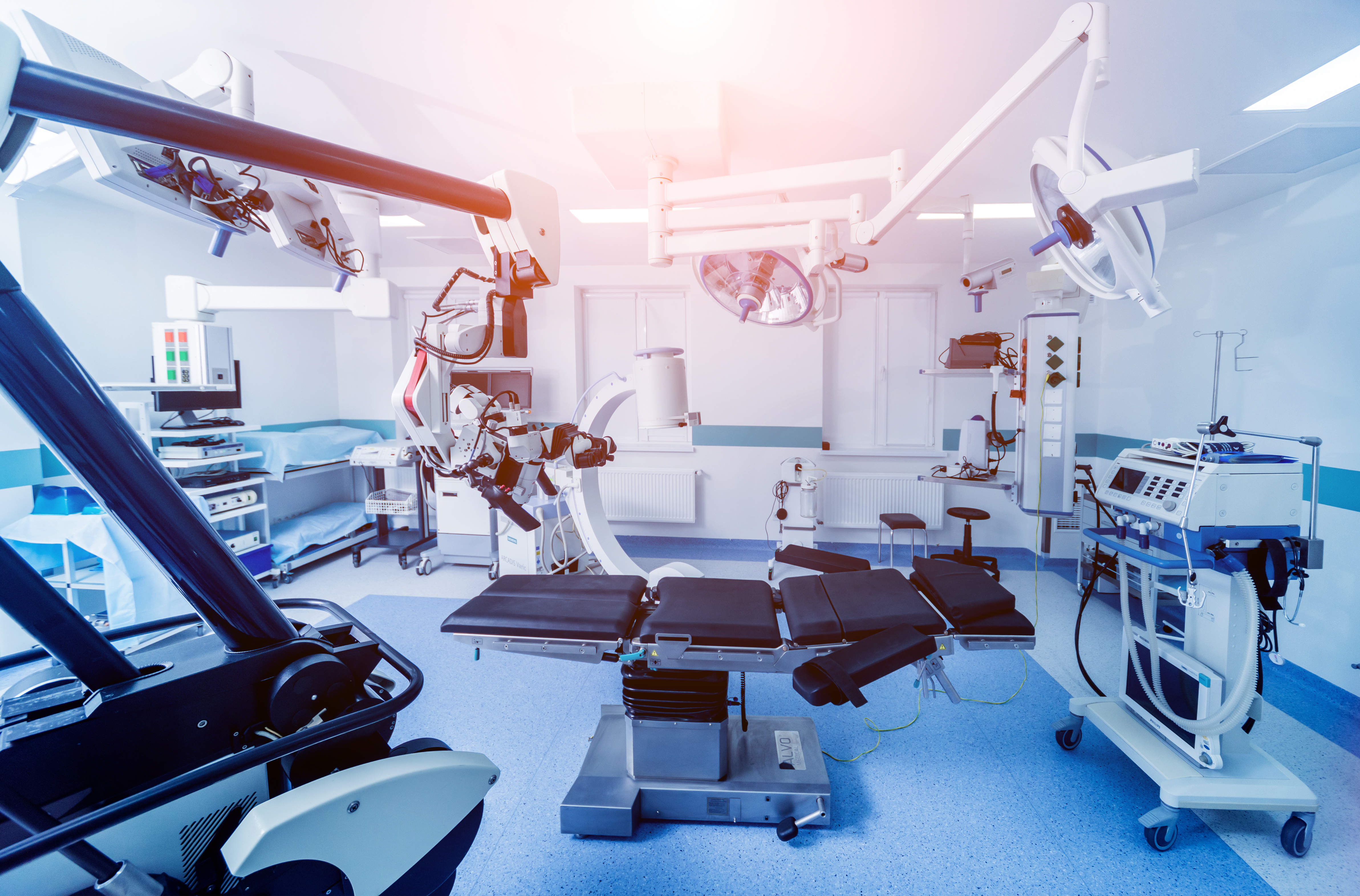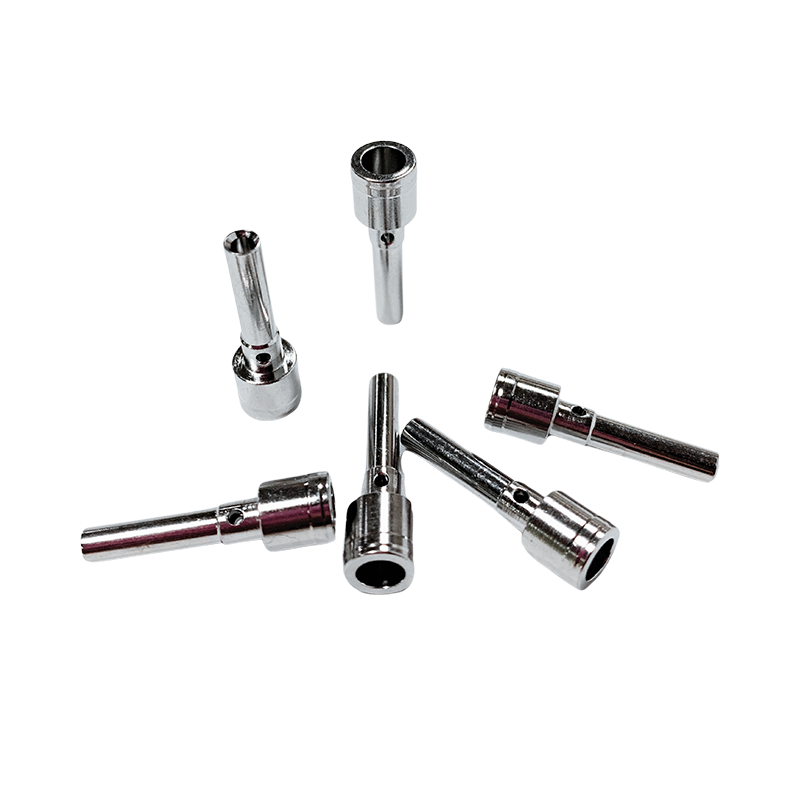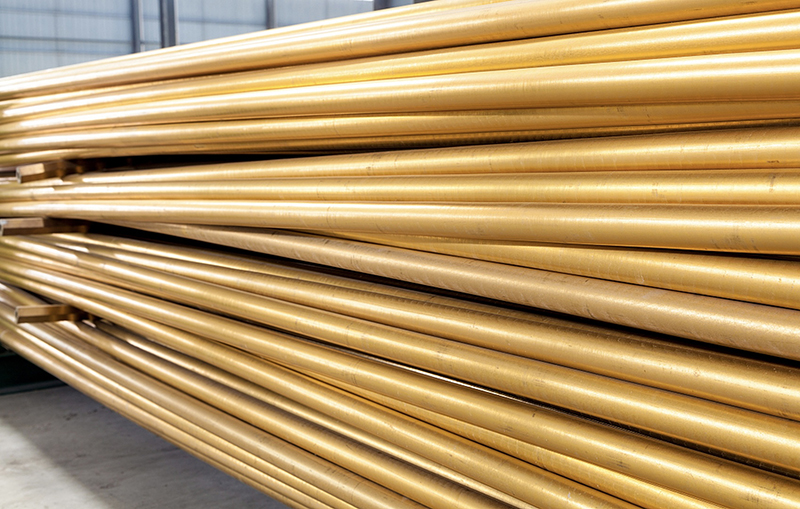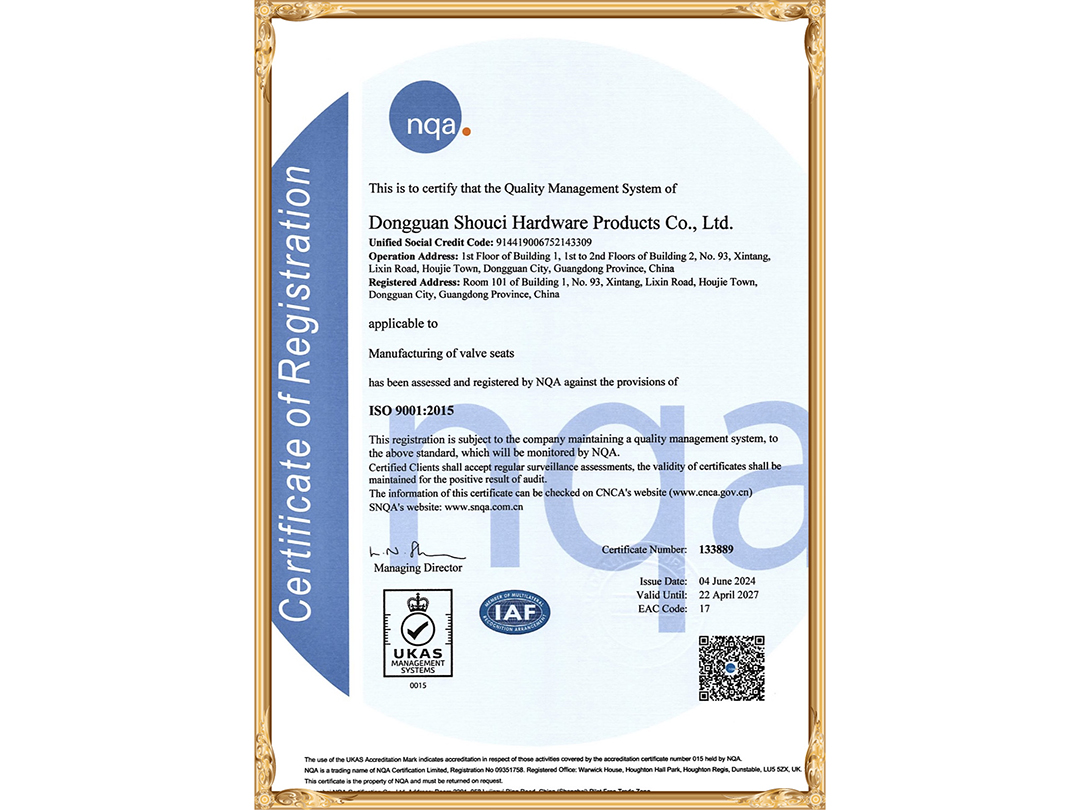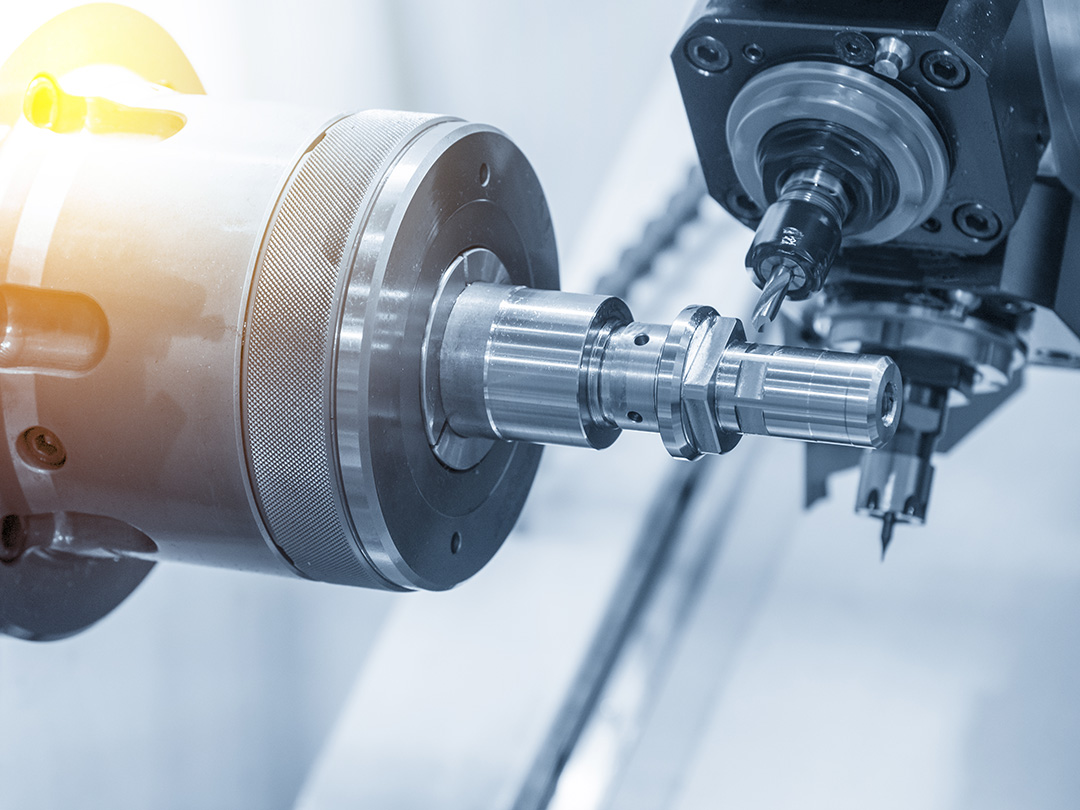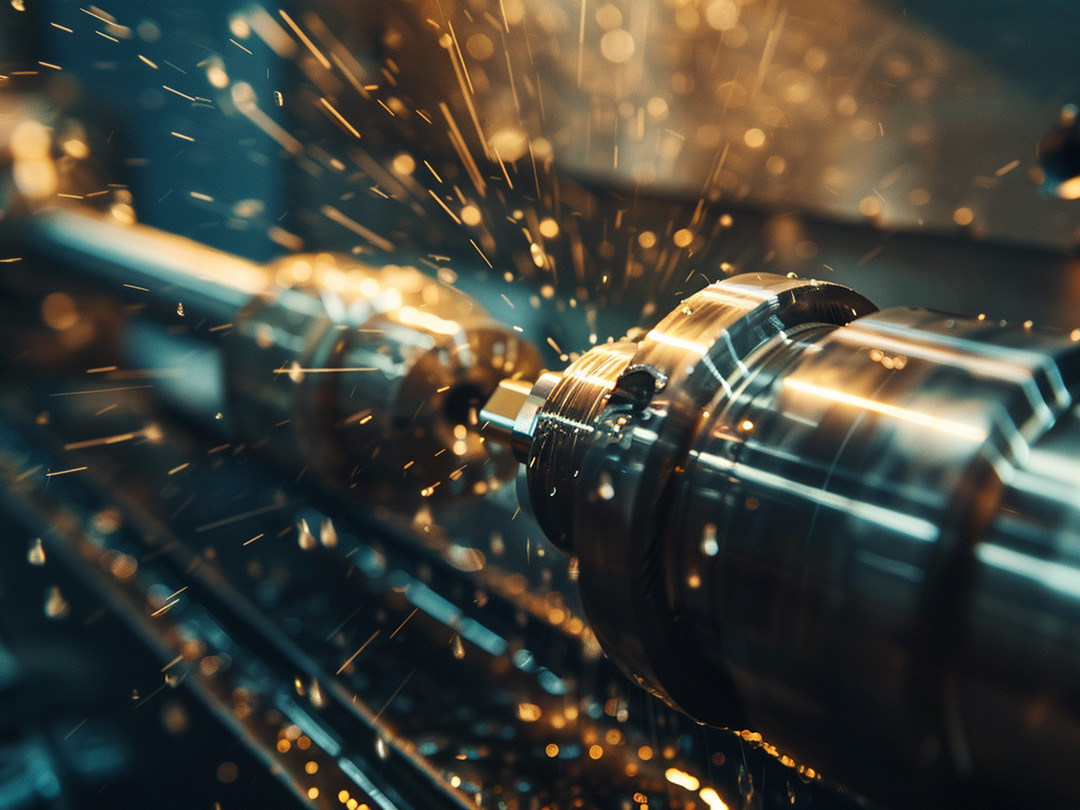01
Manufacturing Process of Precision Brass Parts
Apr 15, 2025
Material Selection
The journey of creating precision brass parts for medical devices begins with meticulous material selection. Brass is an alloy primarily composed of copper and zinc, and the exact composition of these elements significantly impacts the part's properties. For medical applications, high - purity brass is often preferred. For example, certain diagnostic equipment may require brass parts with a high copper content (such as in H90 brass, which contains around 90% copper) to enhance electrical conductivity, which is crucial for the proper functioning of sensors within the device. The purity of the brass ensures that there are minimal impurities that could potentially leach out in a medical environment, posing risks to patients. Additionally, the presence of other trace elements like lead, while sometimes added to improve machinability in non - medical applications, must be carefully controlled in medical - grade brass parts. In medical devices, even minute amounts of harmful substances can have serious consequences, so the selection of brass materials with strict compliance to medical material standards is the foundation of a reliable manufacturing process.
Precision Machining Techniques
Once the appropriate brass material is selected, the next step is precision machining. Our company employs state - of - the - art computer - numerical - control (CNC) lathes for turning operations. This advanced machining method allows for the creation of highly accurate and complex geometries. When manufacturing brass parts for surgical instruments, such as the shafts of precision forceps, the CNC lathes can precisely shape the brass with tight tolerances, typically within a few microns. The automated nature of CNC machining reduces human error and ensures consistent quality across large production runs. During the turning process, the rotational speed of the workpiece, the feed rate of the cutting tool, and the depth of cut are all precisely controlled by the CNC program. This level of control enables the production of parts with smooth surfaces and accurate dimensions, which are essential for the proper fit and function of medical devices. Whether it's creating small, intricate components for implantable devices or larger parts for diagnostic machinery, our precision machining techniques ensure that the brass parts meet the exacting standards of the medical industry.
Quality Control and Inspection
Quality control is an integral part of the manufacturing process for precision brass parts in medical devices. We have implemented a rigorous quality control system that begins at the raw material stage. Each batch of brass is tested for its chemical composition using advanced spectroscopy techniques to ensure it meets the required standards. During the machining process, in - line inspection is carried out using high - precision measuring instruments such as coordinate measuring machines (CMMs). These CMMs can measure the dimensions of the brass parts with extreme accuracy, comparing them to the design specifications. For example, if a part is designed to have a diameter of 5 ± 0.01 mm, the CMM can precisely measure the actual diameter to ensure it falls within the acceptable tolerance range. After the parts are machined, they undergo a final inspection for surface finish, looking for any signs of defects such as scratches, burrs, or porosity, which could compromise the performance of the medical device. Only parts that pass all these quality control checks are approved for use in medical devices, guaranteeing the reliability and safety of the end - products.
